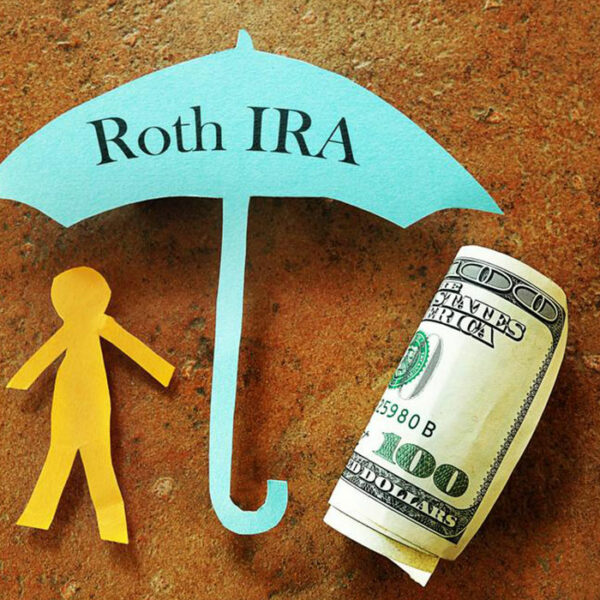Traditional and roth IRAs
An Individual Retirement Account, commonly referred to as an IRA account, is a retirement savings account that gives the investor sizeable tax breaks. IRA is not the investment, it’s a container for investments you make including stocks, mutual funds, and bonds. There are various types of IRA accounts such as traditional IRAs, Roth IRAs, SEP IRAs, and Simple IRAs. Choosing between them is less a matter of preference and more of eligibility.

A traditional IRA account is one where individuals are permitted to contribute money, before taxation, toward a growing investment that is tax deferred till withdrawal. Traditional IRAs are accounts where the contributions are tax deductible, and this is a primary difference between the traditional and Roth IRA accounts. If you annually contribute $5,000 to a traditional IRA, you can claim this account while filing your income tax returns as a deduction. The annual cap for a traditional IRA is $5,000. The IRS will not tax this contribution; however, once you withdraw this amount, say, after retirement, the amount will be taxed as an income. To have your taxes on contributions deducted, you need to have certain eligibilities. One, when your retirement plan is through your employer, your contributions to the traditional IRA account is tax deductible only if your income is less than $61,000 per person per year. If you earn more than this, only a part of your contributions will have taxes deducted. In fact, if your adjusted gross income is more than $71,000 and if your retirement plan is through your work, your contributions will not have taxes deducted at all. Similarly, the number of tax deductions can be based on your filing status such as single filer, or a married individual filing for a joint return, filing by a surviving spouse, married individual filing separately, filing as head of household, and filing as a widower or a widow with a child who is dependent on him/her. When withdrawing the distributions from the traditional IRA account, the money is treated as income and will be taxed.
Traditional IRAs make for great secondary retirement vehicles, especially in cases where employer-backed retirement plan is the primary retirement fund.
Roth IRAs are those accounts where the contributions are not tax deductible. The Roth IRA is named after Senator William Roth who was behind the Taxpayer Relief Act of 1997. A Roth IRA is quite similar to the traditional IRA except for how they are taxed. With traditional IRAs, you pay taxes once you withdraw your interest grown contributions. With Roth IRAs, you contribute to your retirement fund with money that is already taxed. While the contributions are not tax deductible generally, based on your earning or life events, some portion of the contribution will be tax deducted. But, of course, while withdrawing, this portion will then not be taxed. The money invested grows in a Roth IRA free of taxation. Roth IRAs permit contributions past the age of 70 as long as the individual has earned income. Earned income is earning from a business that is active. These include wages, tips, incentives, and commissions. The Roth IRA can be maintained as long as the taxpayer wants to maintain it. It does not call for a required minimum distribution. A required minimum distribution or RMD is the lowest amount that needs to be distributed from your retirement fund after they reach the age of 70 and a half. For instance, the traditional IRAs have a required minimum distribution amount. Your eligibility for a Roth IRA, though, is based on your earnings. You can receive a Roth IRA account only from institutions have approval from the IRS to do so. These institutions include banks, credit unions that are federally insured, associations that deal with savings and loans and companies that deal in brokerage.
To establish an IRA document, you require two documents. The IRA disclosure statement and the IRA adoption agreement and plan document. They give you the list of regulations that govern the operations of Roth IRA account. The annual contribution that you can make to a Roth IRA is $5,500. Those who are 50 or older by the end of the year can make catch u contributions that amount to $1,000 as of the year 2016. Contributions to Roth IRAs should be made out in checks and not as securities. The different sources that can fund a Roth IRA include contributions that are regular, spousal IRA contributions, transfer of funds from another account to the IRA, rollover contributions where funds from a matured security are reinvested into a similar security, conversions, and recharacterizations where a contribution made to one IRA is treated as if it was contributed to another.





